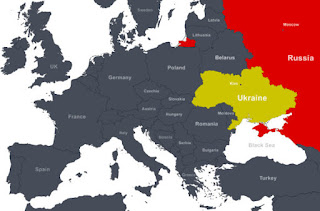Federal versus State Regulation of Insurance.
In the United States, the insurance industry is regulated under a dual framework, involving both federal and state governments. The McCarran-Ferguson Act of 1945 delineates the division of responsibilities between these two levels of government.
State Regulation:
Insurance regulation primarily occurs at the state level, where each state has its own insurance department or regulatory agency. State regulators oversee various aspects of insurance:
1. Licensing: They regulate the licensing of insurance companies, agents, and brokers, ensuring compliance with financial and ethical standards.
2. Rate Approval: States have authority to approve or disapprove insurance rates to prevent unfair pricing practices.
3. Policy Forms: State regulators review and approve insurance policy forms to ensure clarity, accuracy, and compliance with state laws.
4. Market Conduct: They monitor insurance companies’ business practices to ensure fair treatment of policyholders and adherence to laws.
5. Consumer Protection: States handle consumer complaints and inquiries related to insurance, safeguarding policyholders’ rights.
6. Financial Stability: States monitor the financial health of insurance companies to ensure they can meet policyholder obligations.
Federal Regulation:
While states handle most insurance regulation, federal oversight applies in specific areas:
1. Interstate Commerce: The federal government regulates insurance transactions that cross state lines or involve international borders under the Commerce Clause of the Constitution.
2. Specific Insurance Types: Certain types like flood and crop insurance have substantial federal involvement, managed by agencies such as FEMA.
3. Antitrust and Taxation: Federal antitrust laws prevent anti-competitive practices, and federal taxation policies impact the insurance industry.
4. International Agreements: Federal agencies participate in international agreements and negotiations concerning insurance and reinsurance.
In conclusion: The division between federal and state regulation results in varying insurance laws across states, posing challenges for insurers operating in multiple states and consumers relocating between states. The National Association of Insurance Commissioners (NAIC) facilitates collaboration among state regulators, aiming to develop model regulations for consistency nationwide.



